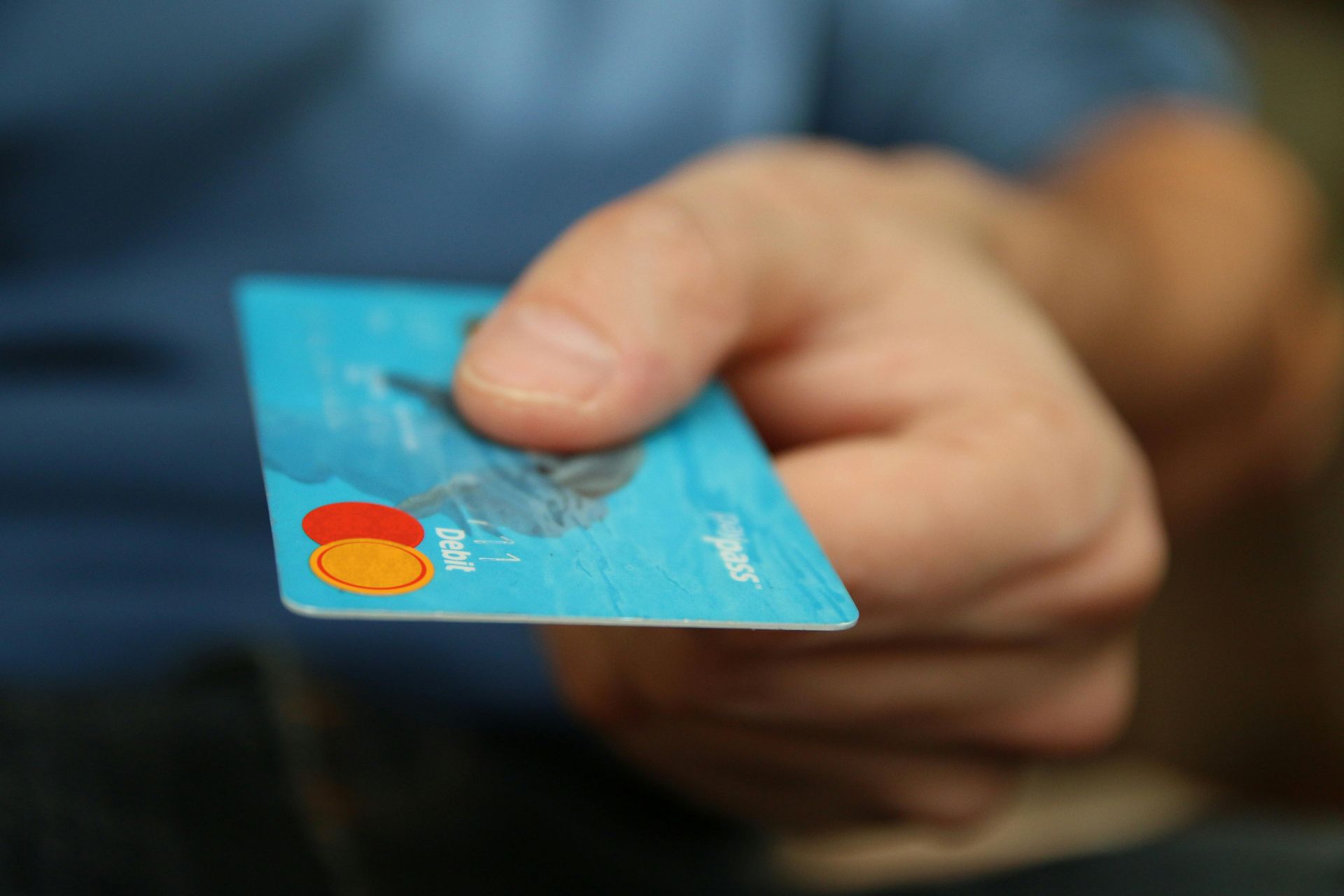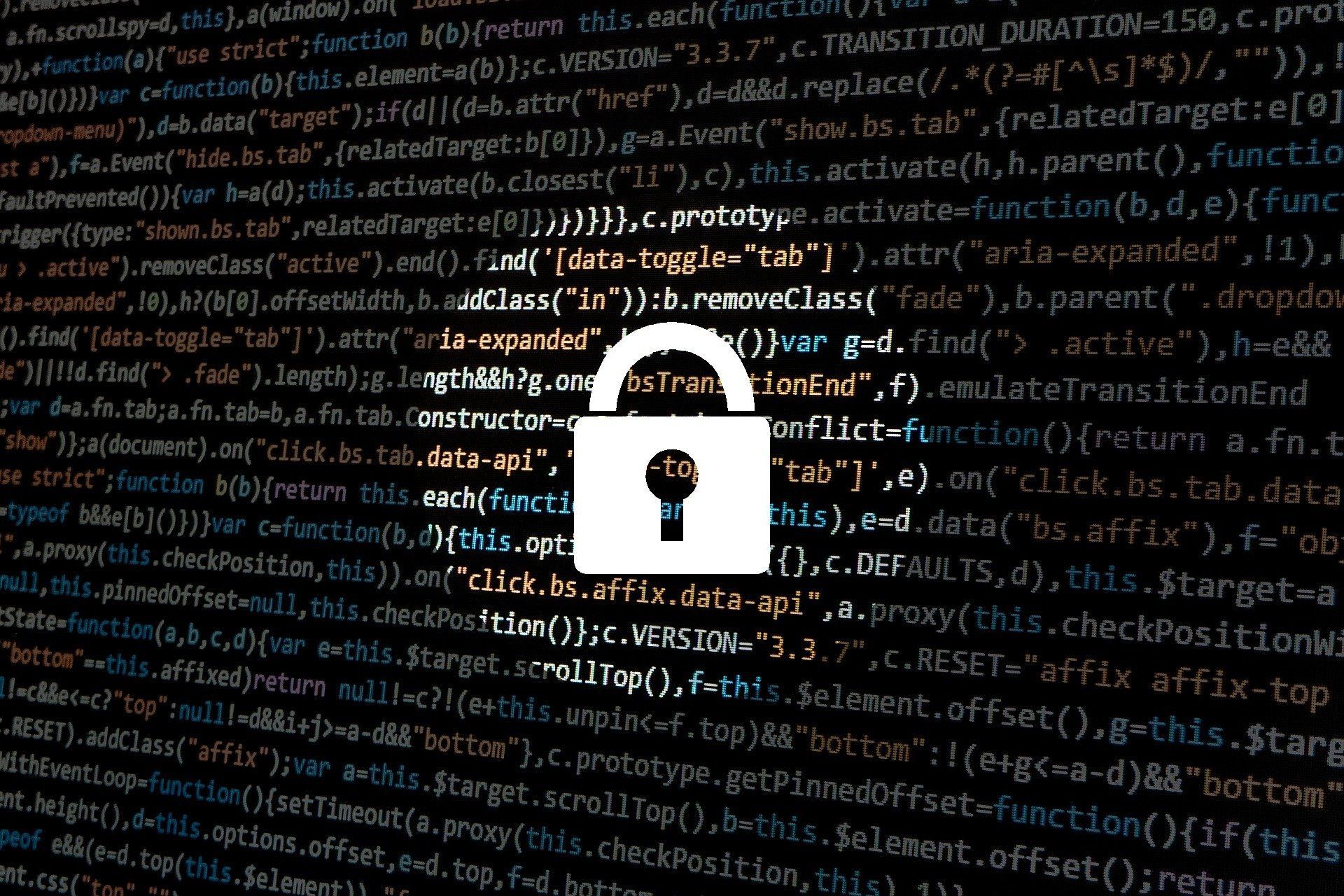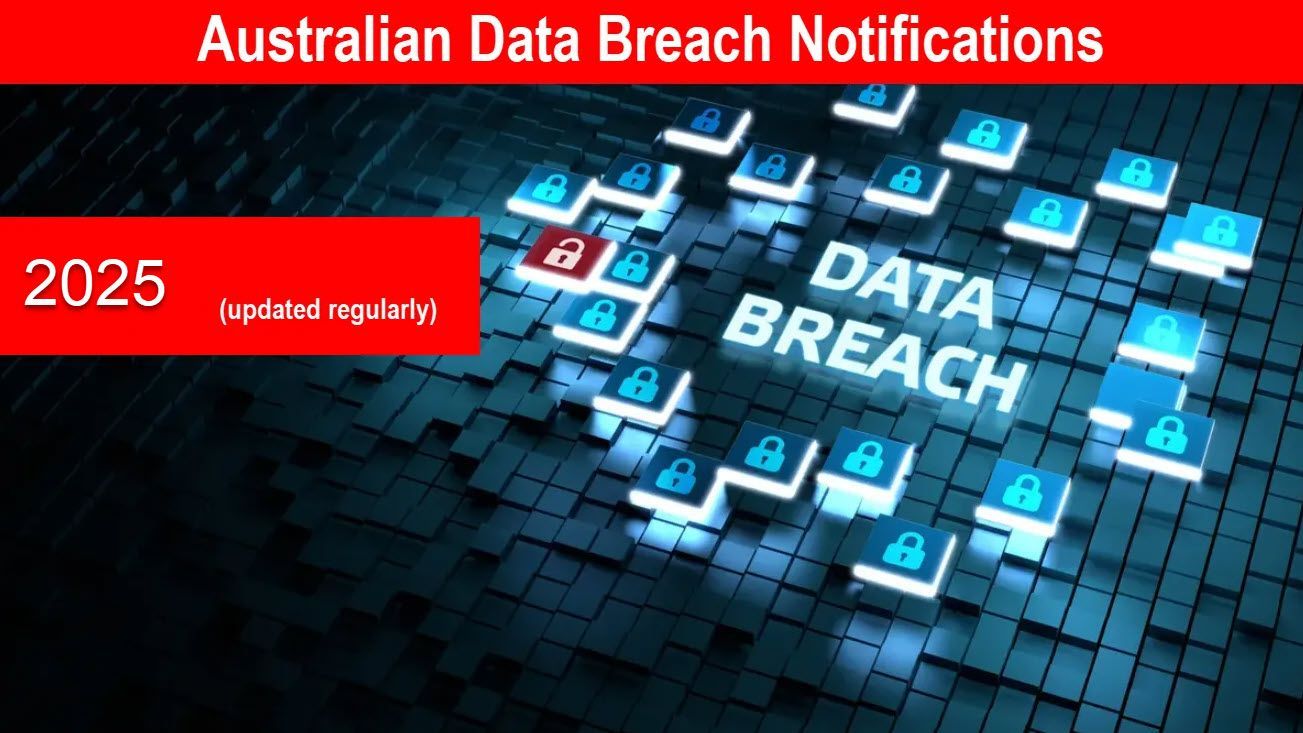What Is the Difference Between Fraud and Scams

While frauds and scams may seem fundamentally similar, they are slightly different from each other.
Knowing this difference is essential as it can help you to understand and apply proactive measures to keep yourself safe—both personally and financially, from becoming a victim of these deceptions.
This article will help you identify how frauds and scams differ from each other, what tactics fraudsters and scammers employ to steal or manipulate you into providing your personal information, and how you can keep yourself safe from these people.
I’d recommend investing a few minutes of your time into reading this till the end.
Let’s start with the definitions.
Fraud vs. Scams: Definitions
The words ‘fraud’ and ‘scam’ are often used interchangeably. While they might be related terms, they are not synonymous.
Let’s look at the definitions of these terms to get a better understanding.
Fraud
Fraud involves unauthorised access to personal information. Fraudsters steal your information through deception or dishonest measures and use it to make financial transactions without your knowledge.
Fraud is a broad term and is considered a chargeable criminal offence.
Because it involves transactions without your knowledge, most financial institutions can recover a part (or whole) of your lost money.
Scams
A scam is a type of fraud in which a person is “manipulated” or “tricked” into providing their personal information; this includes their name, social security number (SSN), birth date, current address, and email.
Scammers psychologically manipulate people into authorising harmful financial transactions or gaining information that they can use to steal money. In most cases, victims of a scam are aware of these transactions.
Therefore, financial institutions can’t help them recover the lost amount.
That said, let’s take a look at the different types of frauds and scams.
Different Types of Frauds
The following are the most common tactics that fraudsters adopt to steal your money or your information:
1. Hacking

Hackers gain unauthorised access to victim’s accounts through different methods—including social engineering, spoofing, spyware, malicious software, password crackers, logic bombs, and Trojan Horse.
No matter how they hack you, their intention is the same; to steal your money and/or your personal information.
2. Identity Theft
Identity theft is another type of fraud in which someone steals your information to then falsely appear as you.
These fraudsters might use your information for making unauthorised transactions, opening new accounts, introducing new lines of credit, getting mortgage payments, or committing crimes.
You can visit the below sites for reporting or recovering from identity theft. This is a short list, feel free to reach out to us if you have any questions.
4. Unauthorised Credit or Debit Card Use

Credit card fraud is arguably the most common type of fraud. Fraud statistics show that a whopping $677.5 million was spent on payment card fraud in Australia for the year 2023—this marked a significant 35.6% rise over the last year.
Fraudsters steal your credit card or debit card information to make unauthorised financial transactions. They can get this information through various methods like card skimming, spoofing, phishing, etc.
Most of the fraudulent payments are made through CNP (card-not-present) transactions. However, sometimes scammers might trick you into making fraudulent card payments yourself, leading to an overpayment or a refund scam.
5. Ransomware Attacks
Ransomware attacks are usually made on companies rather than individuals. They involve a hacker implanting ransomware into the electronic devices of the business, thereby locking or encrypting the files.
The fraudster then demands a ransom to decrypt the files.
6 . Tax Fraud
People with access to your personally identifiable information (PII) can file a false tax return on your behalf, which comes under Tax refund fraud. However, Tax fraud is an umbrella term and includes other fraud cases like altered tax documents, false exemptions, deductions, kickbacks, and tax evasions.
7. Insurance Fraud
Insurance fraud includes using the victim’s insurance card or personal information to receive monetary benefits.
That can include health insurance fraud involving the use of someone else’s insurance card to make medical payments or submitting a false insurance claim on the victim’s behalf to receive payouts.
Other insurance frauds include different types of criminal offences
8. Debt Fraud
Debt fraud involves an imposter contacting you and claiming that you owe them an unpaid debt. Furthermore, they might threaten you with a lawsuit if you fail to make the payment.
If you believe you are a target of a debt collection fraud, you need to know your rights against a debt collector to be able to tackle the situation without any problem.
Different Types of Scams

Now that we have seen the most common examples of online fraud, let’s move forward by looking at the different types of scams.
1. Email Phishing
Email phishing is the most common type of phishing that scammers use to gain personal information.
It involves a scammer sending their victim an email appearing to be from a trusted source but containing a fake link that collects personal information. Once they have your personally identifiable information (PII), they can use that for several other cybercrimes.
Typically, scammers pretend to be a legitimate institute or a company, but they can also appear as friends or family asking for monetary help.
2. Tech Support Scams

Tech support scams are another very common type of internet scams.
In fact, they are an issue worldwide.
You might think that the victims of tech support scams are usually older people. However, scammers have sophisticated their ways to such an extent that young and tech-savvy individuals can also succumb to their deception.
The tactic involves a scammer using a fake caller ID to appear as a trusted individual and gaining access to the victim’s computer. After that, the scammer can adopt a number of different ways to ultimately receive some kind of monetary benefit from the victim.
3. Online Dating or Catfishing Scams
Romance scams, also known as Catfish scams, involve people making fake dating profiles to scam other people on dating platforms.
These scammers will first manipulate you into a romantic relationship to gain your trust. And once they are in your good graces, they will trick you into helping them with money.
On the other hand, they might steal your personal information through their sweet talks and then use that information to create other fake profiles or to target you for other types of scams.
4. Man-in-the-Middle Scams
Man-in-the-middle attacks involve a scammer misleading their victims to click on a harmful link, a QR code, or opening an attachment.
Most of the time, they pretend to be genuine people—e.g. a fake real estate agent in case of a mortgage settlement scam—and trick users into clicking on spammy links, after which they can gain access to logins and passwords, financial data, or other personal information.
5. Sale of Nonexistent Goods or Services
Nowadays, scammers are everywhere, and online marketplaces are not an exception.
You’ll mostly find these fake “online vendors” selling goods privately outside of major e-commerce platforms.
However, they are adept at operating on legitimate platforms as well.
Ultimately, it’s all up to the user to stay vigilant and cautious while making an online purchase and never release an advance payment if he believes the vendor to be somewhat shady.
6. Investment Scams

Investment scams involve the fraudulent solicitation of funds from individuals, promising high returns on guaranteed investments.
These scams often involve unregistered securities, pyramid schemes, or Ponzi schemes.
Scammers may use high-pressure sales tactics, false promises of guaranteed returns, or fake testimonials to lure victims into investing.
To avoid investment scams, always verify the legitimacy of the investment opportunity, research the company and its officials, and be wary of any guarantees or promises of high returns with little risk.
7. Fake Job Posting
Fake job postings are a type of scam where individuals are offered a job that does not exist or is a cover for a different type of fraud—e.g. money laundering.
During the “interview” process, scammers may ask you for personal information, such as your social security number or bank account details, or request payment for training or equipment.
8. Lottery/Prize Scams
Lottery scams involve scammers contacting you and saying that you’ve won a lottery that you didn’t even apply for. Most of the time, they ask you to pay a processing fee, a tax, or any other kind of expense in order to receive your winnings.
Be aware that unsolicited lottery or prize notifications are often fraudulent.
Verify the legitimacy of the lottery or prize, and never provide personal information or pay any fees or taxes before receiving the winnings.
9. Charity Scams
These are scams disguised under the cloak of a charitable organisation or a cause.
Scammers involved in a charity scam will deceive people into donating funds for an apparent noble cause. You can see a rise in such scams during the holiday season or during emergency situations.
At the moment, with the humanitarian crisis in Israel and Gaza, there are a lot of fundraising campaigns and charitable organisations at work. It is essential to make sure that you make your philanthropic decisions on genuine grounds and donate only to legitimate charities.
With all that aside, let’s discuss how you can keep yourself safe from these cybercrimes.
How to Keep Yourself Safe from Frauds and Scams?
Here’s a step-by-step guide for you:
1. Keep Your Personal Information Secure
Keeping your personal information secure will help you safeguard yourself from most of the online scams. This involves both the proactive protection of your information and the reactive defence in case of a fraudulent encounter with a scammer.
Maintaining Privacy
Maintaining your privacy both online and offline is of utmost importance.
Do not share your personal information with anybody on social media. Trust only the people in your inner circle—your family and your very close friends.
Using Strong Passwords and Multi-Factor Authentication

Furthermore, secure all your online accounts with strong and unique passwords and authentications such as Two-factor authentication (2FA) and Multi-factor authentication (MFA).
Keeping Sofware and Devices Up to Date
It is essential to constantly update your security software and your personal devices to maintain a secure online ecosystem.
2. Be Vigilant and Cautious
Being vigilant and cautious is very important when dealing with people in today’s digital world. You don’t know if someone is a legitimate individual or a scammer trying to deceive you into making a harmful transaction.
Here’s what you need to do:
Not Opening Unsolicited Emails
Ignore uninvited or unwanted emails completely.
First of all, try not to open them. If you do and they appear somewhat authentic, never click on any links.
Avoiding Harmful Links and New Website Addresses
Not clicking on potentially harmful links and not visiting websites without an SSL certification will keep your personally identifiable information safe from fraudsters and scammers.
Setting up Phone Alerts

Always set up phone alerts for your financial transactions. If you receive a notification each time a transaction is made from your account, you can track your cash flows easily. That can help you counter an unfortunate or unauthorised transaction on time.
3. Don’t Rush Financial Transactions
Rushing financial transactions can lead to a mistake on your end. This is especially important to understand when you are being pressured to make a transaction as soon as possible—e.g. In case of a debt collection fraud.
Most legitimate businesses give you a reasonable time to make commercial payments.
4. Shred Private Documents
Shredding confidential documents is a sure way for companies to protect their personal information.
We are always focused on protecting and securing our privacy online and we sometimes forget the physical realm of error. Fraudsters can take advantage of these cracks in your defence and use them against you in the future.
So, it’s better to be prudent and get rid of any information that—if leaked—can lead to severe consequences for your business.
NOTE: Here, it is important to note that do not shred the documents you might need to present to the authorities sometime in the future.
5. Educate Yourself on Cybersecurity Trends
It is key to educate yourself.
If you are still with us, you can attest to the fact that after gaining knowledge about how certain things work in cyberspace, you can effectively counter challenges and protect yourself from unwanted circumstances.
That said, let’s conclude this article by discussing how to respond to cyber fraud or scams.
What Should You Do If You Become a Victim of an Online Fraud or Scam?
There are a few steps you can take to ensure safety:
1. Stop All Communication
If you have a reason to believe that you are being trapped in a cyber fraud or a scam, immediately stop all communication with the person.
2. Call Your Financial Institutions
If your credit or debit card gets stolen or is lost or your personal information has been compromised, call your financial institutions and put a stop to all financial transactions immediately.
Let your bank know about any unauthorised transactions from your account.
3. Freeze Your Credit
The next step would be to contact the credit reporting agencies in your country and initiate a credit freeze so that even if you have suffered from identity theft, the fraudster won’t be able to open new accounts in your name.
However, a credit freeze does not prevent fraudulent use of your existing bank accounts and credit cards. For that, you’ll need to contact your financial institution(s).
4. Change Your Account Details
If your account details have been leaked, you might need to change them or make a new account instead. Remember to notify the relevant parties such as clients, customers, and service providers about your new bank account.
5. Report the Scam
Report the scam to both local law enforcement agencies and consumer protection agencies. We have provided a general guide and list to assist.
Steps you should undertake:
Preserve your evidence, by documenting everything you can; this will be beneficial for your case and any legal or law enforcement proceedings. If you're uncertain about the next steps, don't hesitate to contact us at Cyberlutions®.
- Call 000 if your life is in danger.
- Look after your mental health by reaching out to Lifeline for 24/7 crisis support on 13 11 14 or by the online chat. These types of services are here to support you during times of crisis.
- Contact IDCARE (1800 595 160) if you have concerns about your identity or related cyber security. IDCARE is a national identity and cyber support service that can help you reduce harm from identity compromise.
- Look after your mental health by reaching out to Lifeline for 24/7 crisis support on 13 11 14 or by the online chat. These types of services are here to support you during times of crisis.
- Contact IDCARE (1800 595 160) if you have concerns about your identity or related cyber security. IDCARE is a national identity and cyber support service that can help you reduce harm from identity compromise.
Make reports to your local state or territory police on 131 444 or by their website:
- Australian Capital Territory Police
- New South Wales Police
- Northern Territory Police
- Queensland Police
- South Australia Police
- Victoria Police
- Western Australia Police
- Tasmania Police
- Scamwatch if related to an email, online or telephone scam including scams from interstate or overseas
- Australian Securities and Investments Commission if related to a financial/investment scam or fraud
- Crime Stoppers if you require to anonymously make the report.
That is it for today!
I hope you learned a lot from this article. If yes, don’t forget to share this valuable information with your friends and family.
Stay happy, stay safe.
Best regards.









